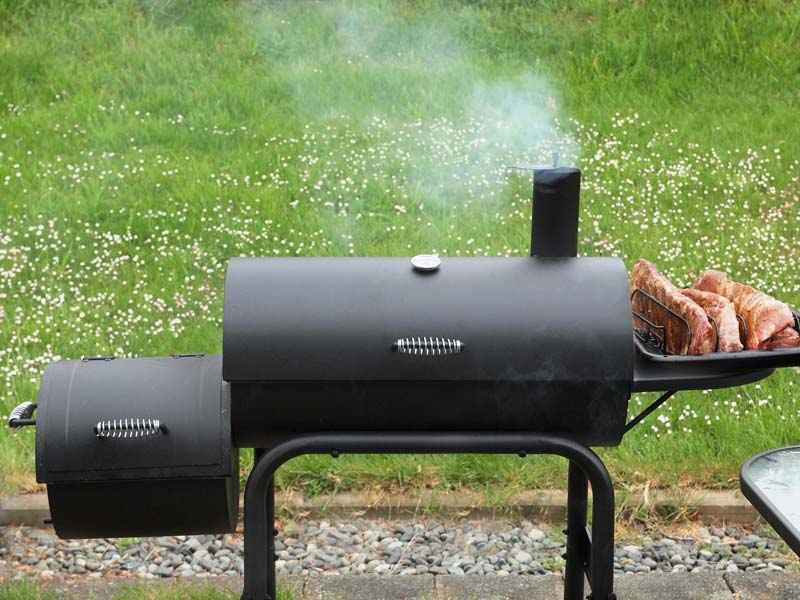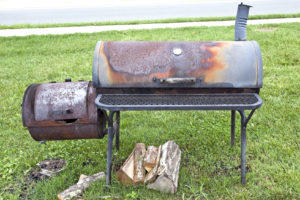 Did you know the barbecue equipment you choose to smoke with can make or break your success?
Did you know the barbecue equipment you choose to smoke with can make or break your success?
Barbecuing meats has been around since the dawn of civilization. It harkens back to times where humans had no other choice but to cook meat over an open fire.
That’s probably why almost everyone still loves it, even in 2017.
Without the right barbecue equipment for your smoker, however, you might be leaving a lot of great flavors off the table.
In this article, we’ll take a look at the equipment you need for your commercial smoker that can set you apart from your competition.
Let’s take a closer look.
Types of Smokers and Upgrades
Generally speaking, there are 4 kinds of smokers used in commercial smokehouses.
The type of equipment you need will vary based upon the smoker you use.
- Offset Smoker
This is the most commonly used smoker. It’s normally a cylinder shape with a small fire box at the end, which is attached to the bottom.
You’ll start a small fire in the fire box, which has air-tight controls. The heat and smoke get drawn from the pipe into the smoking chamber.
Barbecue equipment upgrades include:
- Reverse flow offset
- Deflector, duct or convention plate
- Mud pan charcoal fuse
- Chimney cap
- Upright Drum Smoker
This is an upright steel drum that can vary in size. It contains a base to hold your charcoal at the bottom and cooking rack(s) at the top.
The air is controlled through an intake at the very bottom of the drum.
Equipment upgrades include:
- 2″ air inlet or exhaust
- 55-gallon stainless steel shelf
- Curved mount drop handle basket
- Wet bulb socks
- Propane Smoker
This type of smoker gives you a lot more control over the smoking environment.
The heat for the smoker is created by a gas burner located directly under a steel (or iron) box that contains the charcoal or wood, which then provides the smoke.
The box contains a few holes on the top only. This serves to “starve” the wood or charcoal of oxygen to create smoke rather than fire.
Equipment upgrades include:
- Replacement gasket to better seal the doors
- Bricks at the bottom to retain and distribute heat more evenly
- Commercial Smoking House
These smokers are made from beautiful stainless steel. The smoking generator utilizes friction, an electric coil or a small flame that ignites sawdust whenever needed.
The heat from the steam coils is balanced with water sprays to help perfectly control humidity and temperature.
Barbecue equipment upgrades include:
- Smokehouse door air seals
- Silicon gaskets
Smoke Your Competition Away
When you’re ready to smoke out your competition, it’s time to make upgrades to your smoker. After all, the better flavor you produce, the more customers you’ll get (and keep).
Browse our extensive list of parts and products to find the best equipment to help blow your competition out of the water.
No matter what type of smoker you use, you’re sure to find what you need in our shop.
Here’s to the love of smoking!

